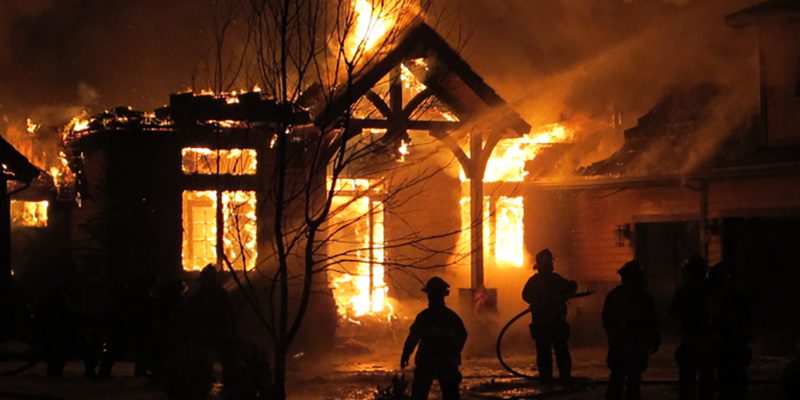There are four basic modes of fire attack for structural firefighting: offensive, defensive, offensive/defensive, and defensive/offensive.
Fire has destroyed many buildings as a result of hesitating to initiate a prompt attack by a fire department. Implementing an offensive attack maximizes control efforts by allowing a quick attack on the fire. With an offensive attack, water is delivered to the seat of the fire, and rescues can be made under the protection of interior hoseline crews, which help cool the environment down and provide water safety. A major part of the decision-making process is weighing the risk that is taken by the firefighters versus the gain to be achieved. High-risk situations with little or no gain must be avoided. We have a saying in the fire service that we live by:
“Risk a lot to save a lot, risk little to save little.”
The decisions on how to approach a fire are always made upon the arrival of the first company officer. This makes him the overall Incident Commander (IC). Sometimes the IC is changed out but most of the time the original IC will stay in command for the whole incident.
Offensive mode
An offensive attack means that we move the hose crew forward with the intent of knocking down the fire,. Sometimes this means being deployed through a window or door or from the interior of the structure itself. The Incident Commander must decide whether to initially make an offensive-exterior attack or an offensive-interior attack. This is important because an exterior attack means less water for protection inside for rescue crews, while interior attacks mean less protection of the fire spreading. The decision must be assessed and weighted. This is normally decided when the IC does a walk around the structure to assess smoke, damage, condition, entry points, and more. This walk-around is known as a “360”.

Offensive mode
A defensive operation is typically initiated when fire conditions prevent an interior attack, such as when the structure is unsafe for firefighters to enter, no civilian lives can be saved, or when the fire is beyond the control of current equipment on the scene. Unless the IC’s initial assessment showed significant damage, an offensive will typically be conducted after an attempt to offensively approach the fire.
These are just some of the methods we take to suppress the fire but as you can already see, firefighting is much more planned out than “putting the cold stuff on the hot stuff.”




